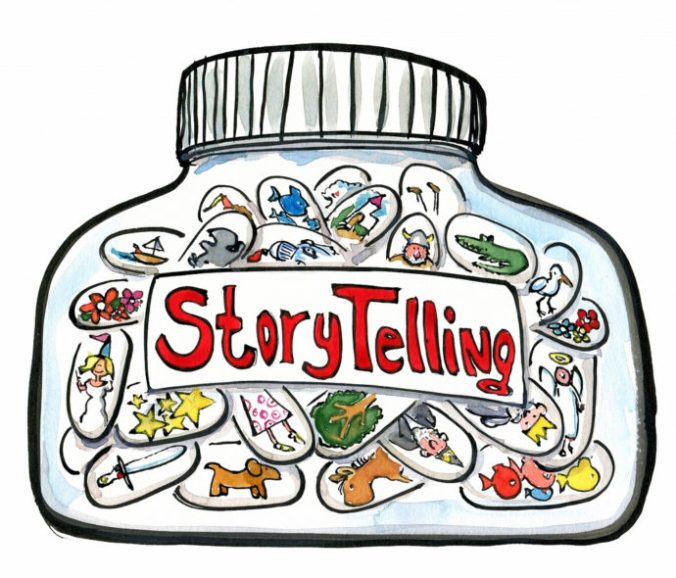As a native New Yorker, a formerly middle-class African American, and professional in the finance industry, I often find that my opinions on various topics differs from that of my close friends and colleagues. The continued portrayal of African Americans in popular culture is one of those topics.
Growing up on basketball courts
I grew up in Hollis, Queens, a working-class neighborhood with working-class ambitions. The people around me used to say that when someone made it, they’d gone “from Hollis to Hollywood.” In many ways, despite the enormous strides African Americans have made since the 1960s, this remains the only option for most black youth—the path of entertainment.
Of course, this isn’t the only path for working-class black Americans. I would know, since that’s exactly where I started out, too. I used to play sports all day long. In fact, I was recruited to play football in college. But that wasn’t the path I stayed on, because I was shown other options.
What NYC looked like in the 60s and 70s
When I was a teenager, the city was a radically different place. New York City through the 80s wasn’t the kind of place people visited. Outside the skyscrapers and highrises, it was a city of abject poverty, drug addiction, poor education, and gang violence.
It was also my city, the only place I knew. It was where I grew up playing basketball and football. Although Hoop Dreams was shot in Chicago, the documentary is a close proxy for the experience of a young African American man growing up in an inner city community surrounded by overwhelming negativity.
Basketball court as sanctuary
One of the few places where I found solace was on the courts, playing pickup basketball with my friends. On TV, before rap and hip hop exploded onto the scene, all of our role models were ballplayers. All my friends wanted to be ballplayers. At one point, so did I. Getting recruited for football was one of my proudest achievements.
But, as I’m sure you already know, the odds of a teenager “going pro” from the inner city are next to nothing. The chance of a high school football player getting recruited for football at the college level and then getting picked for the NFL is .007% (about 1 in 14,000). High school basketball players have a slightly better chance of getting into the NBA at .01% (1 in 10,000).
When hoop dreams continue to be so dominant in the inner city, perhaps we shouldn’t be surprised that most middle-class black kids grow up to become poor black adults. Black Americans have a higher unemployment rate and a higher poverty rate. For comparison, white Americans have a poverty rate of 9.6 percent, while black Americans have a poverty rate of 27.2 percent. The gap between the wealth of white and black families is currently at its highest point since 1989.
Better, more realistic options for our children
The reality facing most black children today frustrates and disheartens me because I’ve seen the metaphorical light at the end of the tunnel with my own eyes. From what I see on a daily basis, most of the black kids in NYC continue to hold onto the same unrealistic hoop dreams I had decades ago as a child. This shouldn’t be the case.
Fortunately, there are plenty of programs in NYC and across the country for black youth who don’t realize they have options. That’s why I’m proud to support various youth empowerment programs across the country, including Boys Hope Girls Hope, the Bridge Golf Foundation, College of the Holy Cross, and the historic Apollo Theaterin Harlem.
At the end of the day, the future of children of color is whatever we make of it. It all comes down to what we reinvest into our communities ourselves. So if we don’t want our kids growing up with unrealistic dreams and want to guide them instead to useful, practical after school initiatives, we have to be the ones willing to take the leap and make those investments.
This article was originally published by at HuffPost
 “Show, don’t tell.” It’s one of the tropes used by high school English teachers across the country to explain to students that sharing a story full of specifics is more effective than simply stating facts. By the time we get out into the workforce, though, we’ve heard it so much that it doesn’t really mean anything to us anymore. As we work our way up to the top, we forget about the nuances of “showing” and start communicating in facts, numbers, and graphs–things we can grab onto.
“Show, don’t tell.” It’s one of the tropes used by high school English teachers across the country to explain to students that sharing a story full of specifics is more effective than simply stating facts. By the time we get out into the workforce, though, we’ve heard it so much that it doesn’t really mean anything to us anymore. As we work our way up to the top, we forget about the nuances of “showing” and start communicating in facts, numbers, and graphs–things we can grab onto.